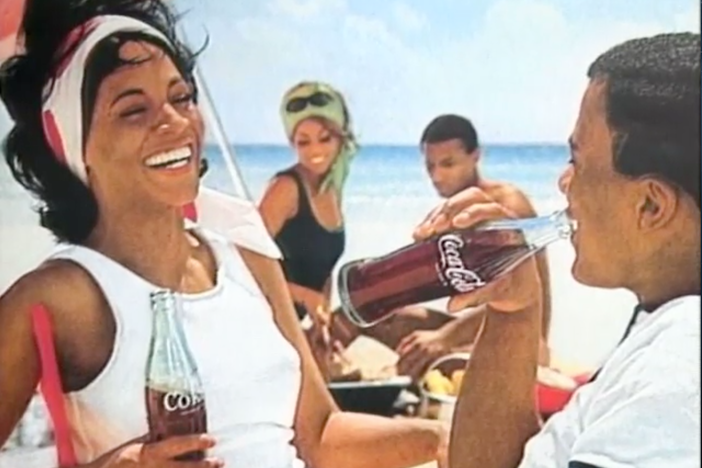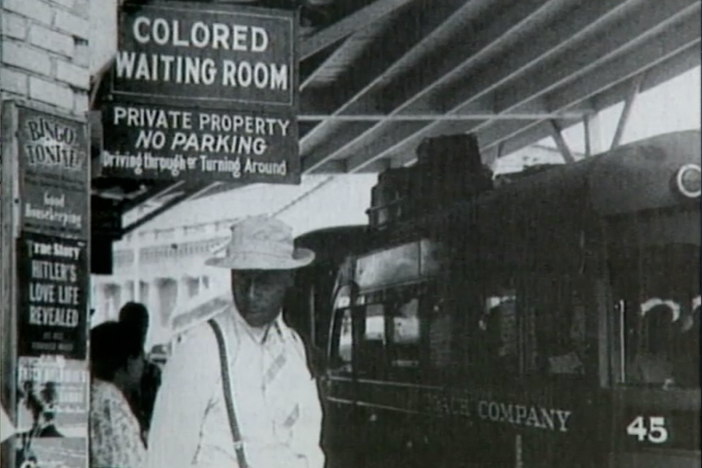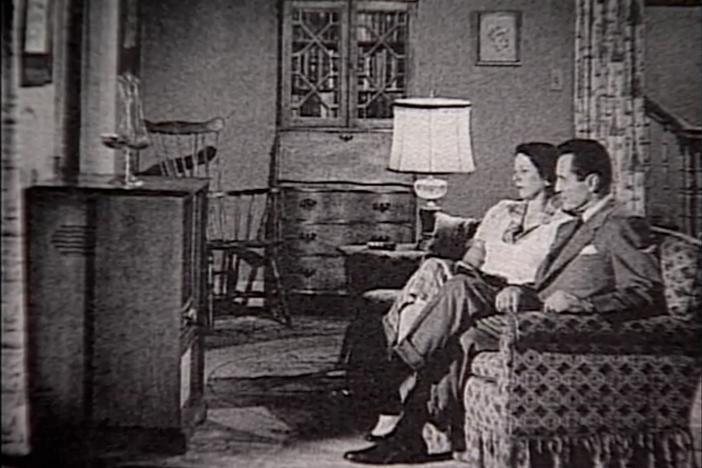Atlanta's Example in the Civil Rights Movement
Herschelle Challenor, a graduate of Spelman College, describes the challenges of segregation in Atlanta during the 1950s. Claude Sitton, a reporter for the New York Times, states that Atlanta lacked the drama witnessed elsewhere because black and white leaders did not want violence. Mayor William B. Hartsfield, Coca-Cola president Robert Woodruff, Atlanta Constitution editor Ralph McGill, and Chamber of Commerce president Ivan Allen Jr. (later mayor), believed Atlanta’s progress could be destroyed by civil disruption. They worked with black leaders, including Dr. Martin Luther King Jr., to end the boycott, open the restaurants, and integrate schools. Rick Allen, an author, comments that Atlanta was fortunate to have such a leading citizen as Robert Woodruff who brought a world view to the situation.
Atlanta's Example in the Civil Rights Movement
Herschelle Challenor, a graduate of Spelman College, describes the challenges of segregation in Atlanta during the 1950s. Claude Sitton, a reporter for the New York Times, states that Atlanta lacked the drama witnessed elsewhere because black and white leaders did not want violence. Mayor William B. Hartsfield, Coca-Cola president Robert Woodruff, Atlanta Constitution editor Ralph McGill, and Chamber of Commerce president Ivan Allen Jr. (later mayor), believed Atlanta’s progress could be destroyed by civil disruption. They worked with black leaders, including Dr. Martin Luther King Jr., to end the boycott, open the restaurants, and integrate schools. Rick Allen, an author, comments that Atlanta was fortunate to have such a leading citizen as Robert Woodruff who brought a world view to the situation.
Social Studies
Explain how the development of Atlanta under mayors William B. Hartsfield and Ivan Allen, Jr. impacted the state.
1. Why didn't Atlanta experience the turmoil and violence seen in other cities, like Birmingham or Nashville, during the 1960s?
2. To what degree was the business community involved in the Civil Rights Movement in Atlanta?
1. You are a young student (age 17-21) in 1960. You are going to participate in a protest (sit in, march, sidewalk protest, etc.) against segregation in Atlanta, GA. Make a sign that you will carry in the march or sidewalk protest. Write two journal entries telling how you are feeling: the day before the protest and the day after the protest. (You are arrested and spend some time in jail for your protest.) Explain the kind of protest in which you participated.
hostility: an unfriendly state, attitude, or action
integration: to end a policy that keeps people of different races apart in (a place, such as a school)
sit-ins: a form of direct action that involves one or more people occupying an area for a protest, often to promote political, social, or economic change
boycott: withdraw from commercial or social relations with (a country, organization, or person) as a punishment or protest
public accommodations: privately owned facilities which are open to the general public, such as include hotels, restaurants, and theaters
1. Why didn't Atlanta experience the turmoil and violence seen in other cities, like Birmingham or Nashville, during the 1960s?
A reporter in the video argues that both sides, black and white, were opposed to violence and drama seen elsewhere. Similarly, city leaders had no interest in opposing greater rights for African-Americans nor creating a national or international spectacle of inequality.
2. To what degree was the business community involved in the Civil Rights Movement in Atlanta?
Prominent business leaders like Coca-Cola's Robert Woodruff were conscious that much of the world was moving beyond the racial views of the South and that not doing so might be bad for business. To that degree, with his outsized influence on the city, Woodruff urged city leaders towards more progressive views. Future Atlanta mayor Ivan Allen Jr. took note of African-American boycotts of local businesses during his time as president of the Chamber of Commerce and saw the disruption that segregation had to the city's economy as well.





